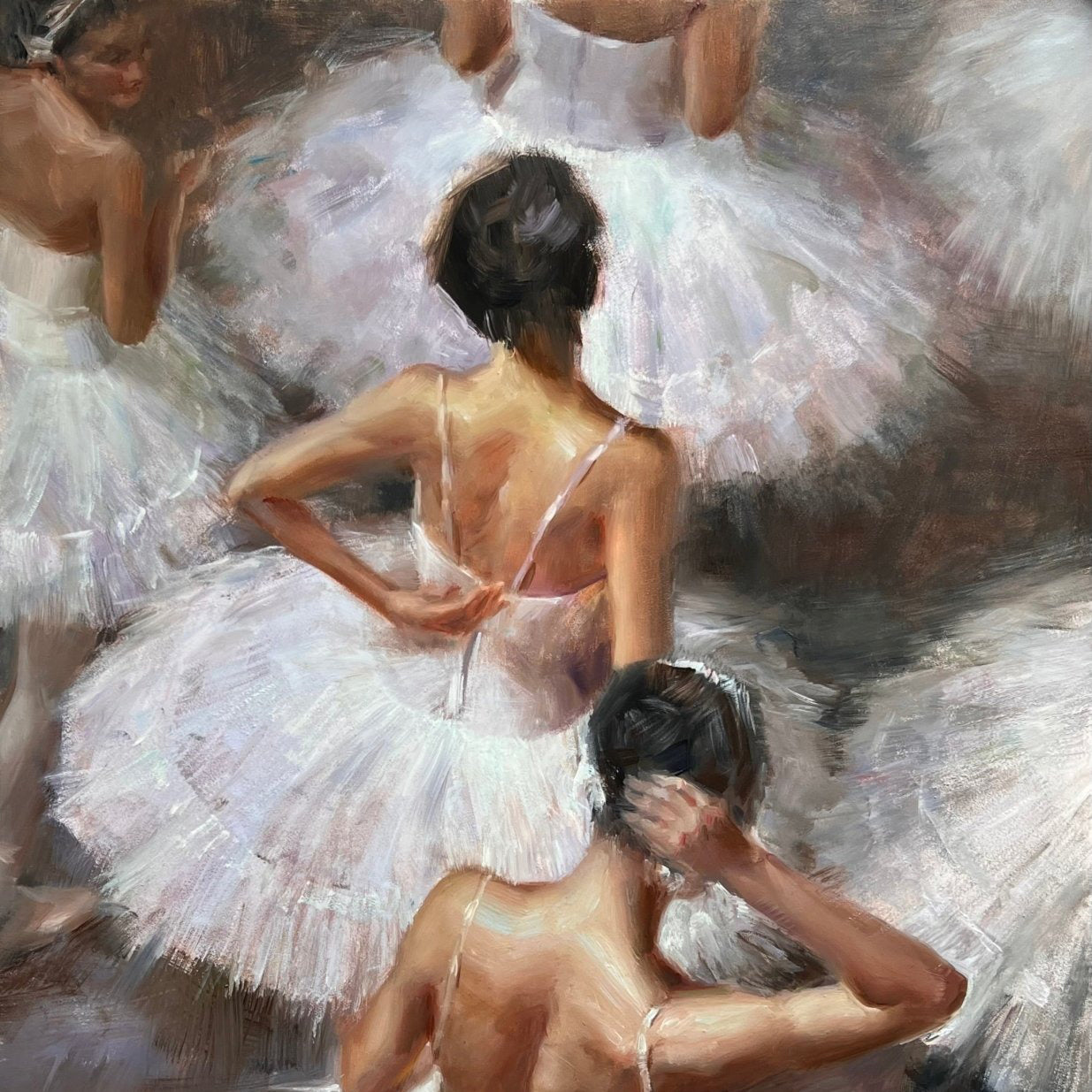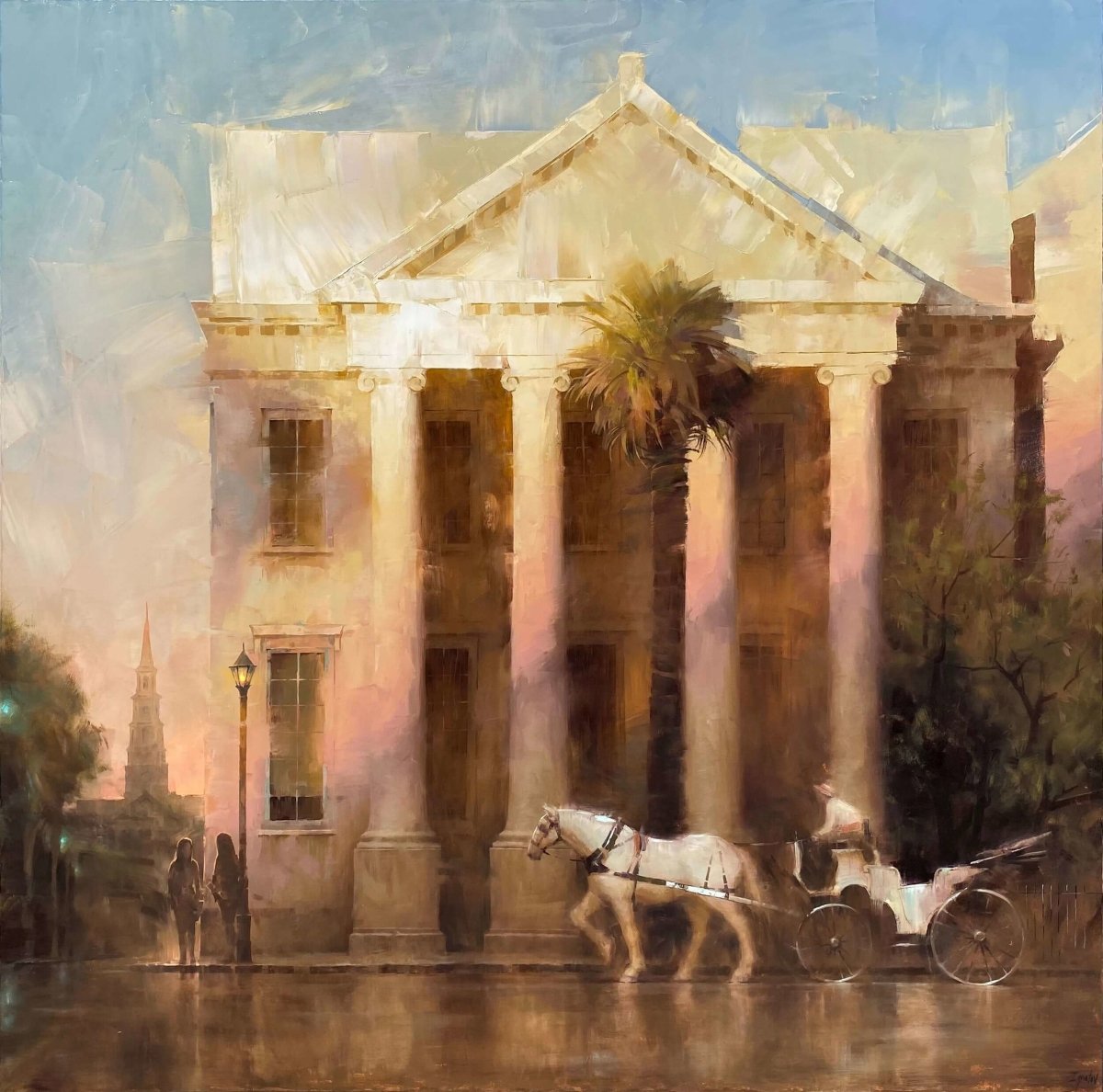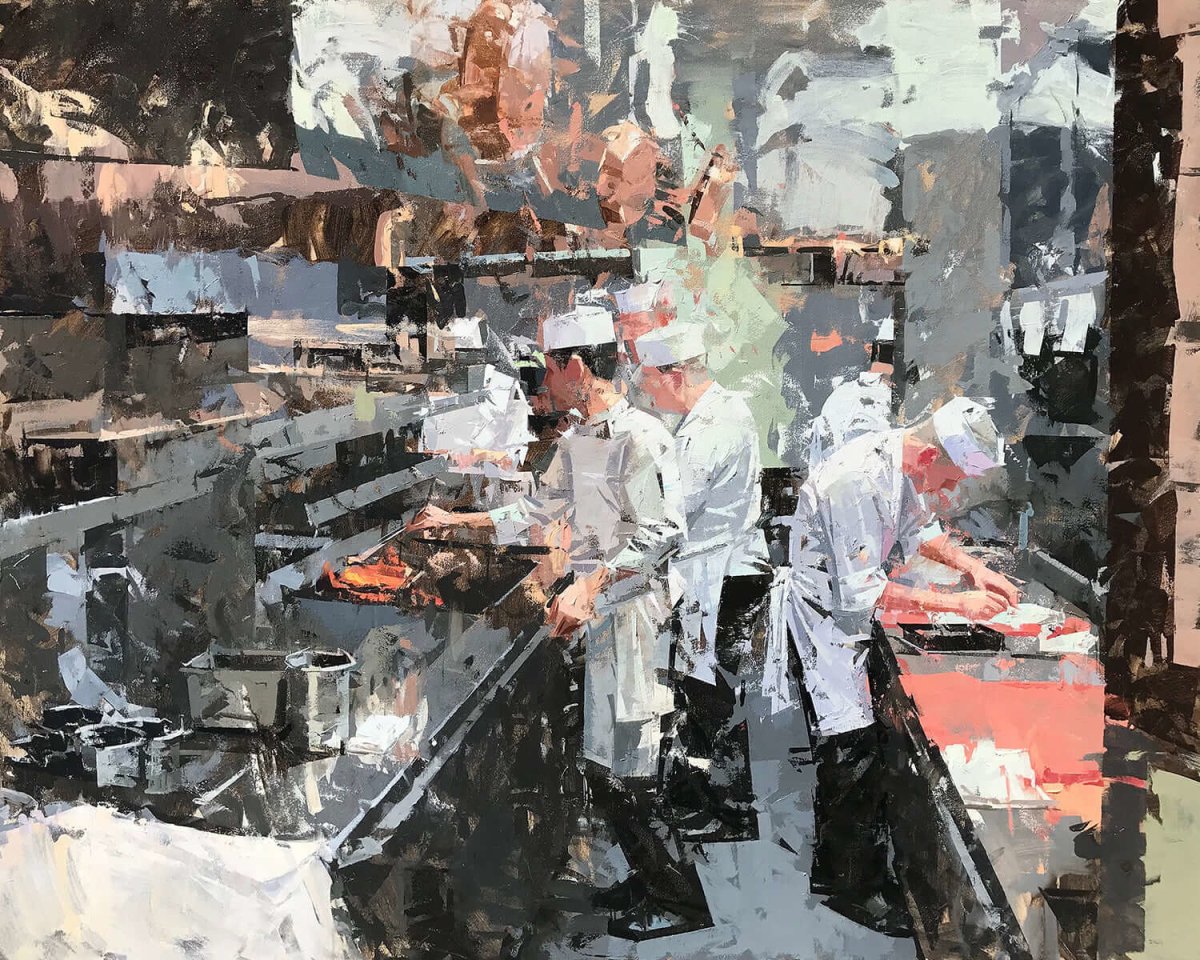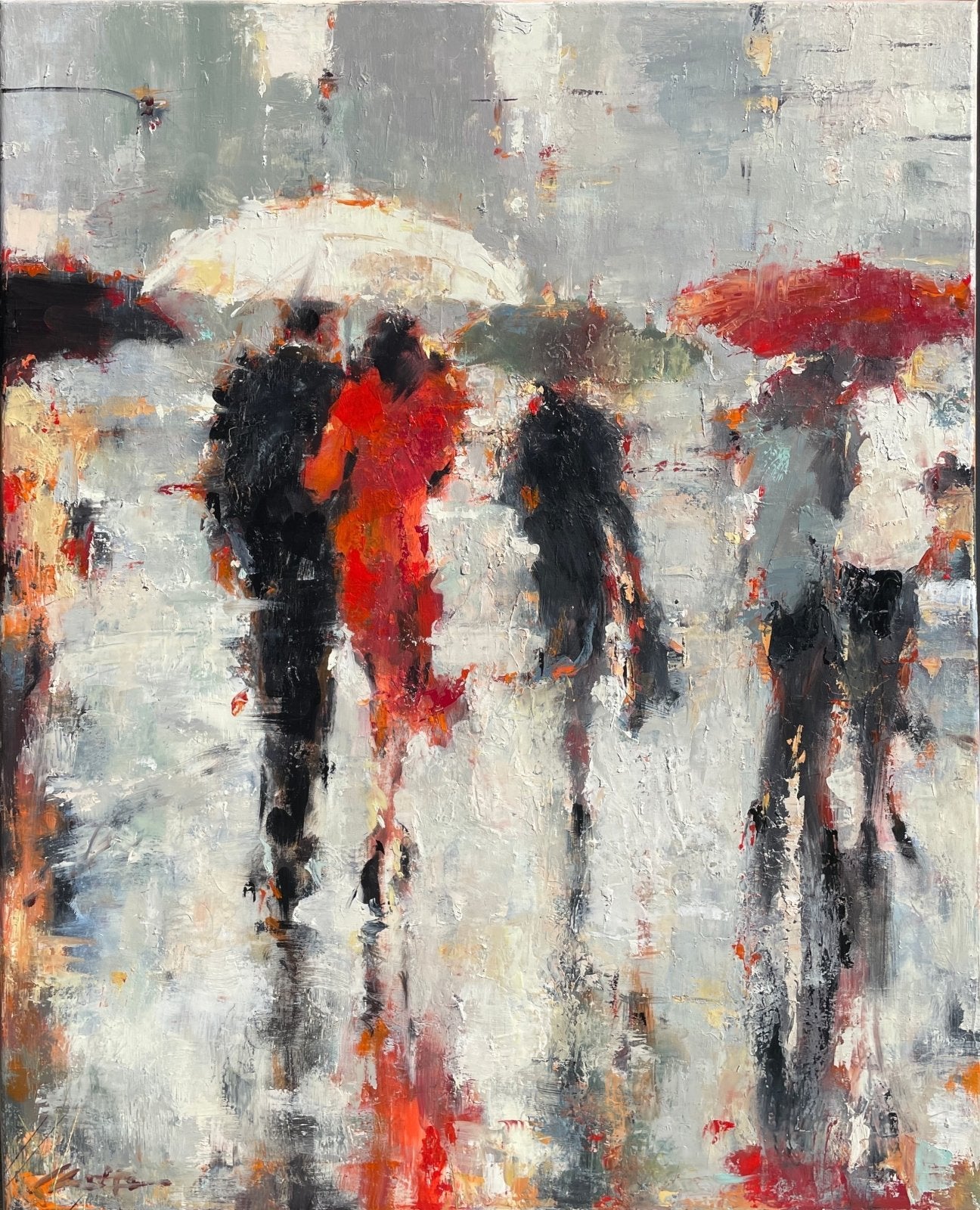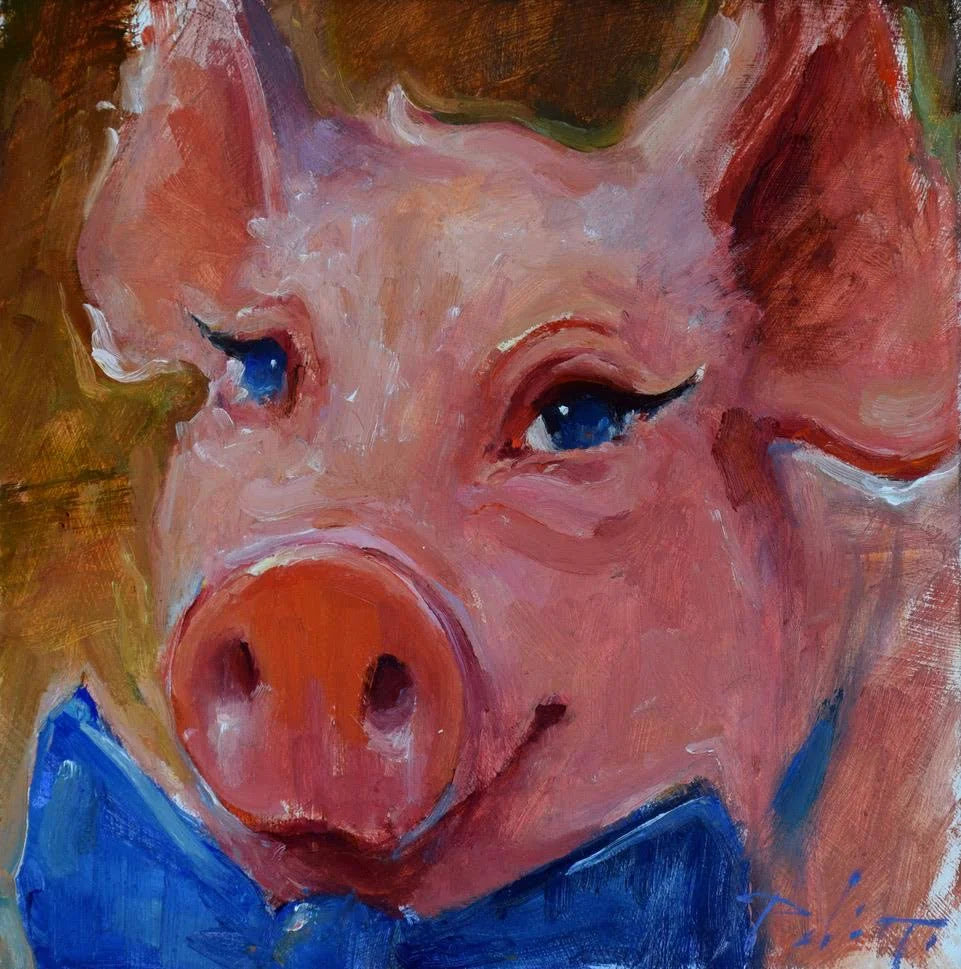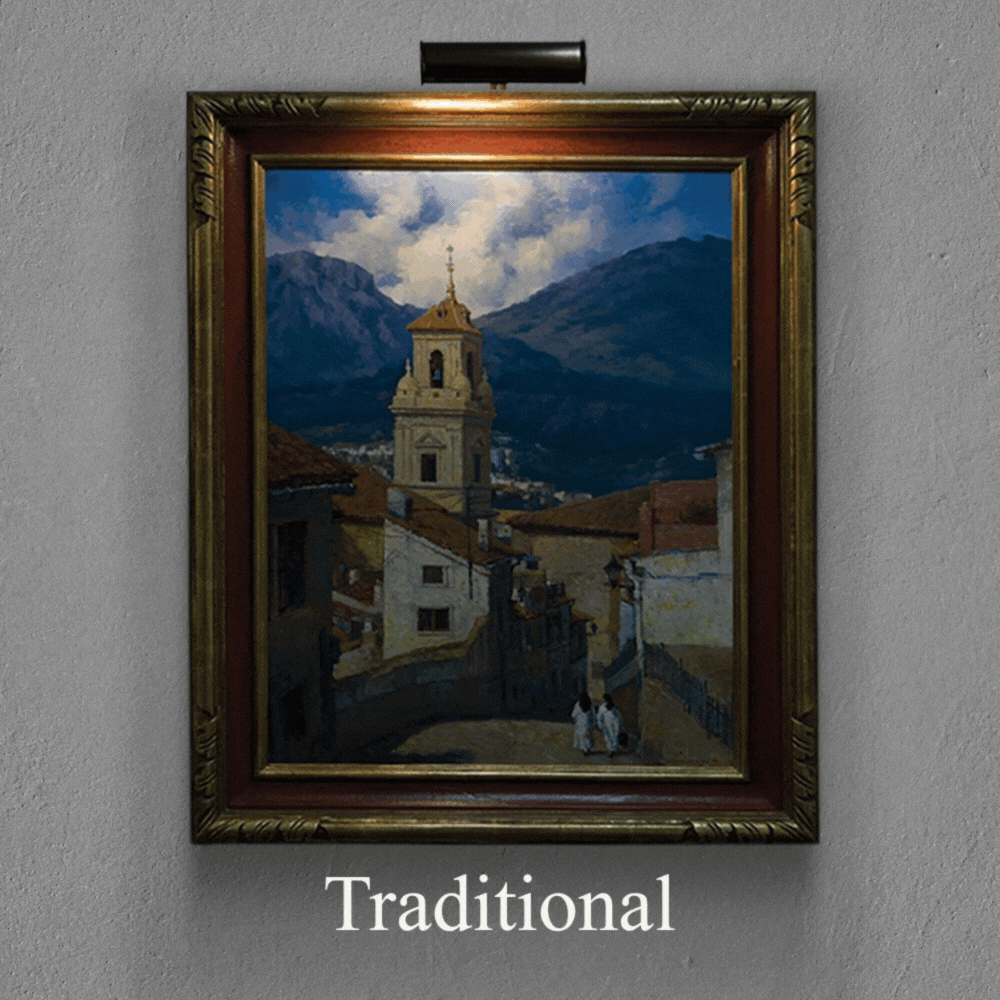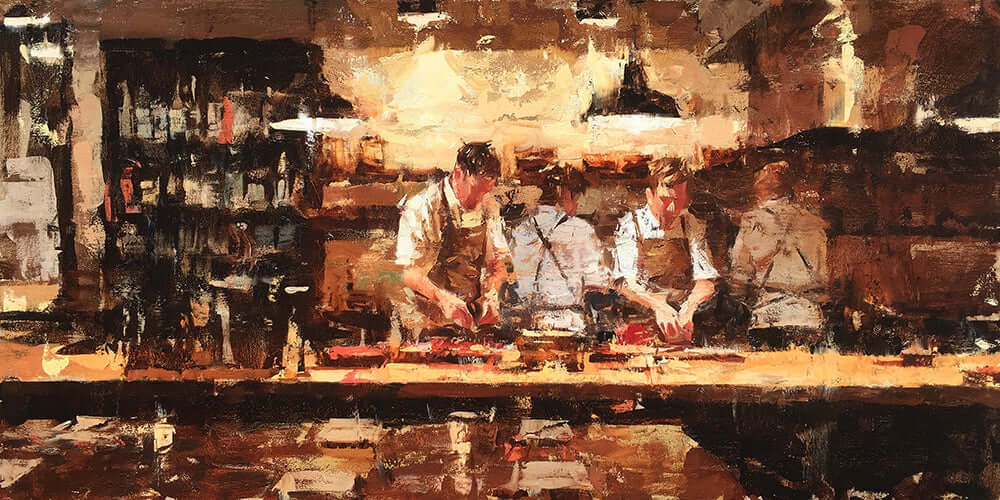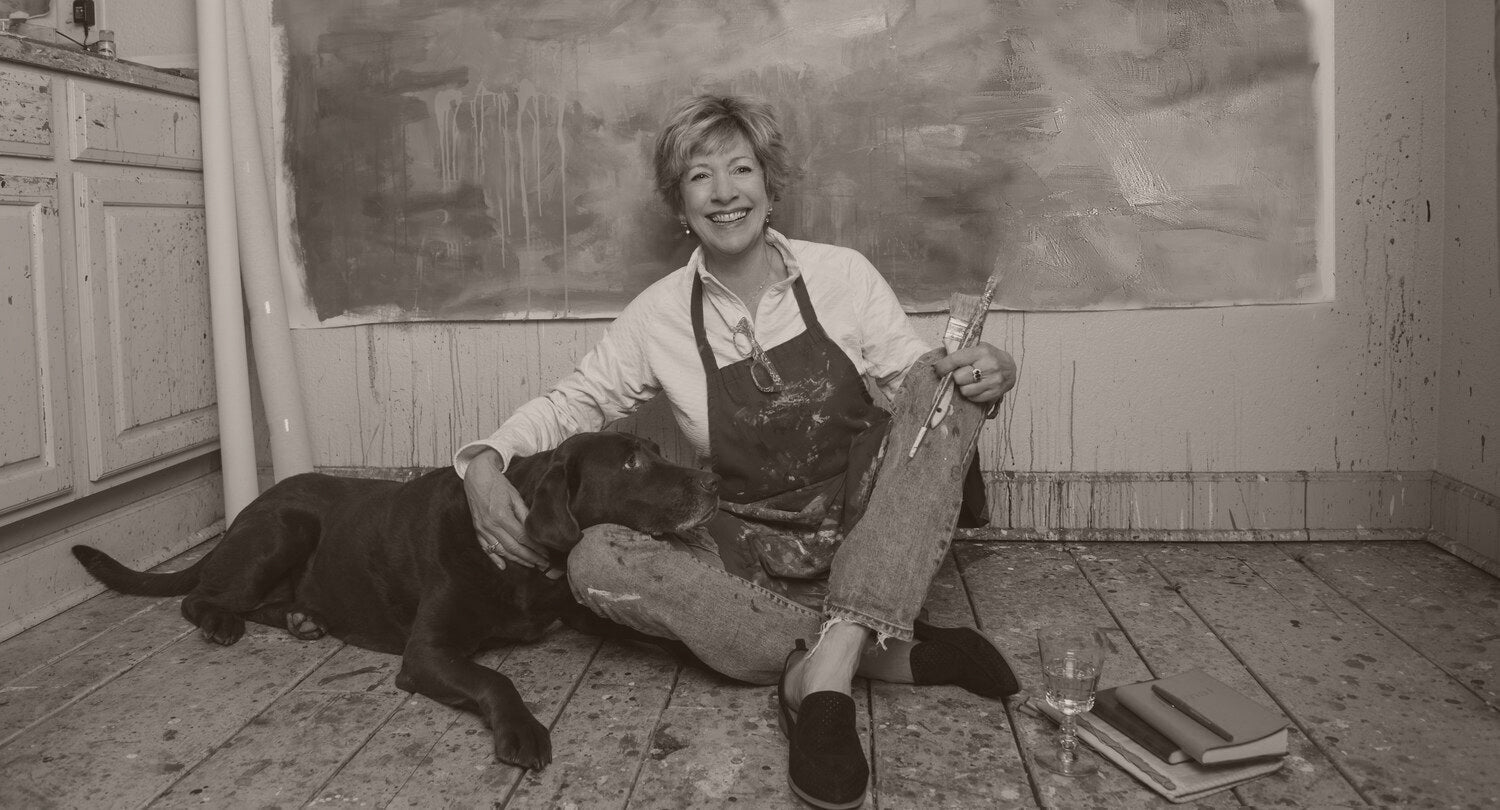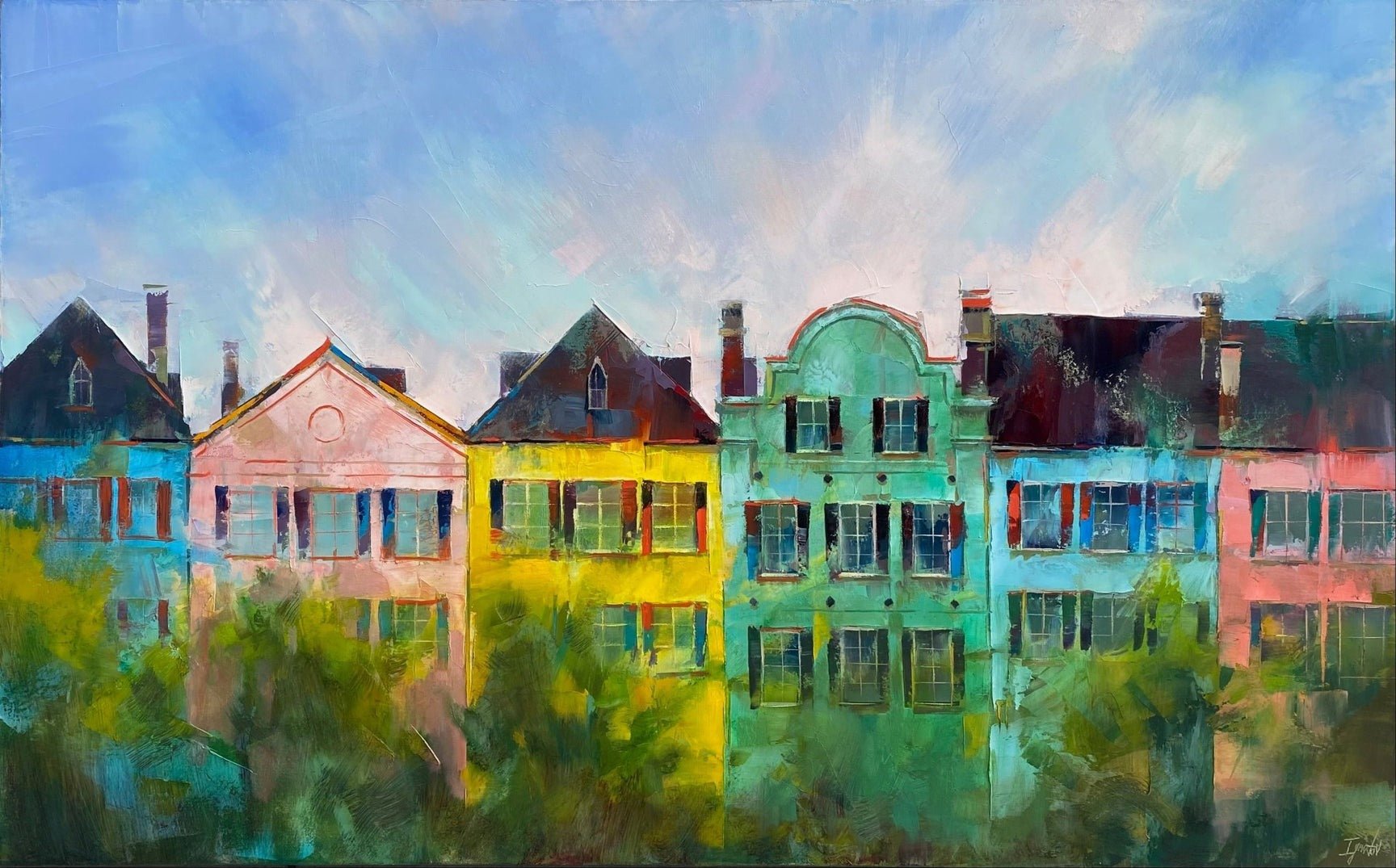Mark Bailey Art: Hatching as a Mark-Making Technique
Hatching is a fundamental mark-making technique that involves creating parallel lines or series of strokes to create the illusion of shading or shadow. It has been used by artists for centuries to create depth, texture, and form in works of art.
The technique of hatching can be traced back to the early Renaissance period, where artists such as Leonardo da Vinci and Albrecht Dürer utilized this technique in their works. During the Renaissance, hatching was primarily used in the creation of engraving prints, which became increasingly popular throughout Europe during the 15th and 16th centuries.
As the technique became more widely used, artists began to experiment with the types of marks and lines they could create through hatching. Some artists used thicker lines, while others employed lighter, more delicate strokes to achieve their desired effect.
Mark Bailey, an artist at LePrince Fine Art, has become known for his use of hatching to create intricate and detailed paintings that capture the essence of his subject matter. Bailey's paintings typically feature figures in a restaurant setting, such as patrons, servers, chefs, and bartenders. His inspiration for this style of painting comes from the works of JC Leyendecker. Leyendecker was one of the most notable artists to utilize hatching in his works. He was an American illustrator and painter who rose to prominence in the early 20th century. Leyendecker is known for his work on numerous advertisements and magazine covers, as well as his illustrations for the Saturday Evening Post.

However, Bailey has taken the hatching technique to new heights, merging impressionism and gestural abstraction in his works. Impressionism is a style of painting that originated in France in the 19th century, characterized by loose brushwork, vivid colors, and an emphasis on capturing the fleeting effects of light and atmosphere. Gestural abstraction is a style of abstract painting that emphasizes the physical act of painting, with the brushstrokes and marks left by the artist becoming the main focus of the work.
In Bailey's paintings, hatching is used to create a sense of movement and energy, with loose, gestural strokes creating an impressionistic feel. The technique allows Bailey to capture his subjects in a very unique way, from the movement of servers rushing to and fro, to the busy atmosphere of a bustling restaurant. Bailey’s method of applying paint make his paintings easily recognizable and highly sought-after.

The process of hatching typically involves several steps and as such the completion of a single painting can take weeks or months. Bailey must first determine the areas of the painting that will require shading or texture, and then choose the appropriate tool, which may be a brush, knife or any other painting implement that can create the desired fine lines and marks. The direction and density of the hatching strokes are crucial, as they determine the effect of the shading or texture.
Hatching can be executed in various directions, such as vertical, horizontal, or diagonal, depending on the desired effect. For example, vertical hatching may be used to create the impression of height or depth, while diagonal hatching can create a sense of movement or energy. The density of the hatching strokes also affects the final result, with denser hatching creating a darker shade or texture. By varying the direction and density of the hatching strokes, Bailey can create a range of effects and capture the essence of his subjects.

Bailey's mastery of hatching and his combination of other techniques including his use of color, palate knives, and brushes has set him apart in the art world. Bailey's paintings are intricate and detailed, capturing the essence of his subject matter and evoking a sense of movement and energy. His paintings often leave the viewer feeling as though they are standing “in” the scene he created.


